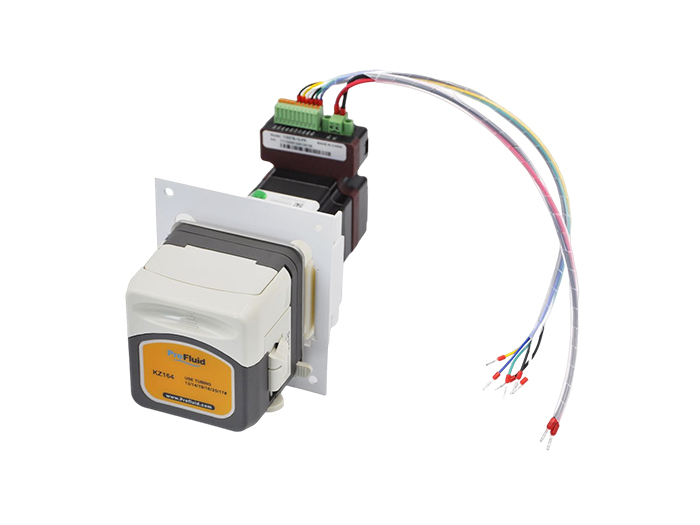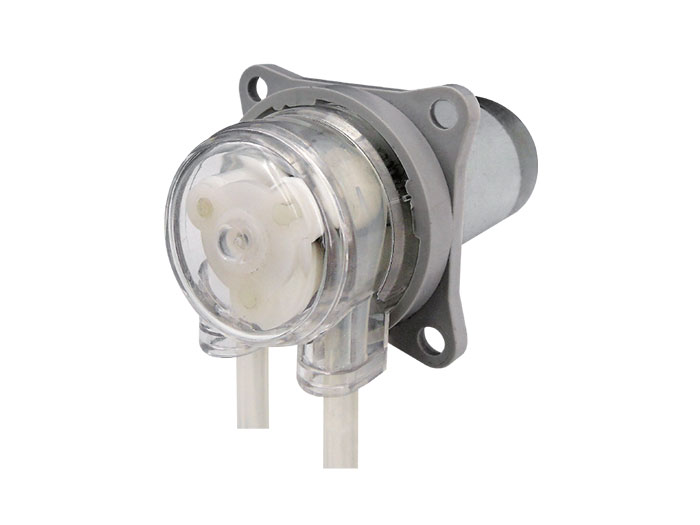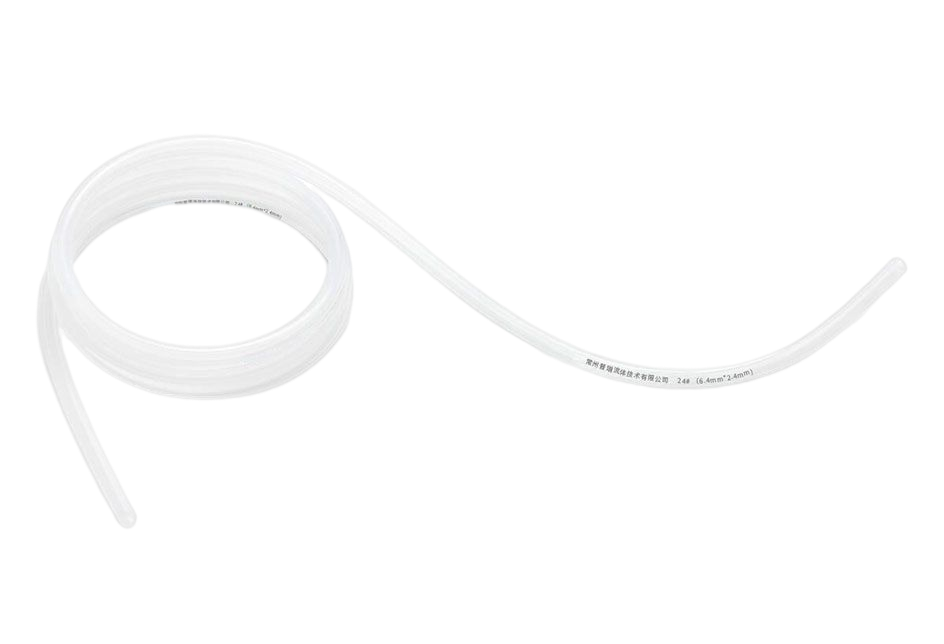In recent years, with the improvement of people's living standards, people pay more and more attention to food safety and hygiene requirements. The transformation needs of a large number of food companies are increasing, and the competitive pressure between peers is also increasing. In this environment, modern, standardized, mechanized production lines must be the biggest breakthrough for food companies seeking to grow and develop, and peristaltic pumps play an important role in this breakthrough.
In-line cleaning (CIP) and In-line sterilization (SIP) It is essential in food manufacturing. Peristaltic pumps allow the production line to be cleaned without further disassembly, saving time and costs. Since the product is fully contained in the pipe, the pipe pump has no risk of bacterial growth and no blind spots where bacteria can accumulate. Suction means that the pipe can be completely cleaned and the pump can discharge itself. In addition, food grade pipes can be disinfected with all normal methods, including radiation, steam and chemical solutions, allowing for locally confirmed aseptic processes and disinfection, and the only contact part of the pipe is easily replaced, keeping traditional disinfection costs in a low range.
Because of its own characteristics, peristaltic pump is used by more and more food processing enterprises in their food industry automated production lines. When the peristaltic pump transmits the material, the material only touches the inner wall of the hose to avoid the risk of the pump contaminating the material or the material contaminating the pump. When pumping different materials, it is possible to prevent cross-contamination between different materials through an in-line cleaning stage or by simply replacing the hose. At the same time, the peristaltic pump has good self-sealing performance, the pipeline does not need gate valves and seals, and can also ensure that the material in the pipeline will not flow freely when the pump stops, thereby reducing the blind spot on the pipeline and avoiding the propagation of microorganisms. In addition, the peristaltic pump has a lower cutting effect, which is conducive to maintaining the integrity of the material. Most importantly, the peristaltic pump has high liquid transfer accuracy and is suitable for liquid transfer applications with high metering requirements.
In large-scale production, the choice of automatic production lines can improve labor efficiency, stabilize and improve product quality, improve working conditions, reduce production area, reduce costs, shorten the production cycle, and ensure the balance of production, with significant economic benefits.
Guided by the overall trend, food and beverage manufacturers are beginning to choose peristaltic technology to meet their core needs, which is to limit pollution, control waste, and ensure safety and health.
While the peristaltic pump meets the requirements of food grade hygiene, it cannot ignore the replacement of manpower. In the production process of factory operators, time and energy are limited. In other words, the effective working hours and results provided by human labor are limited.
In some production processes, replacing manpower with machinery can not only ensure the accuracy of liquid transmission (especially in high-precision feeding), but also greatly improve the production standard rate and yield.
Today, in the food industry, peristaltic pumps such as dairy products, baked goods, cereal foods, sugar bars, etc., can meet current hygiene standards and can carefully handle goods.
Peristaltic pump can play a powerful transportation function in the filling and packaging of wine, beverages, liquid foods, as well as the transportation and packaging of sticky foods such as ketchup, curry, cooking oil.
Peristaltic pump operation, maintenance and cleaning, simple and practical, saving time and labor, especially the domestic peristaltic pump, excellent quality, cost-effective, is the best choice for the food industry!


